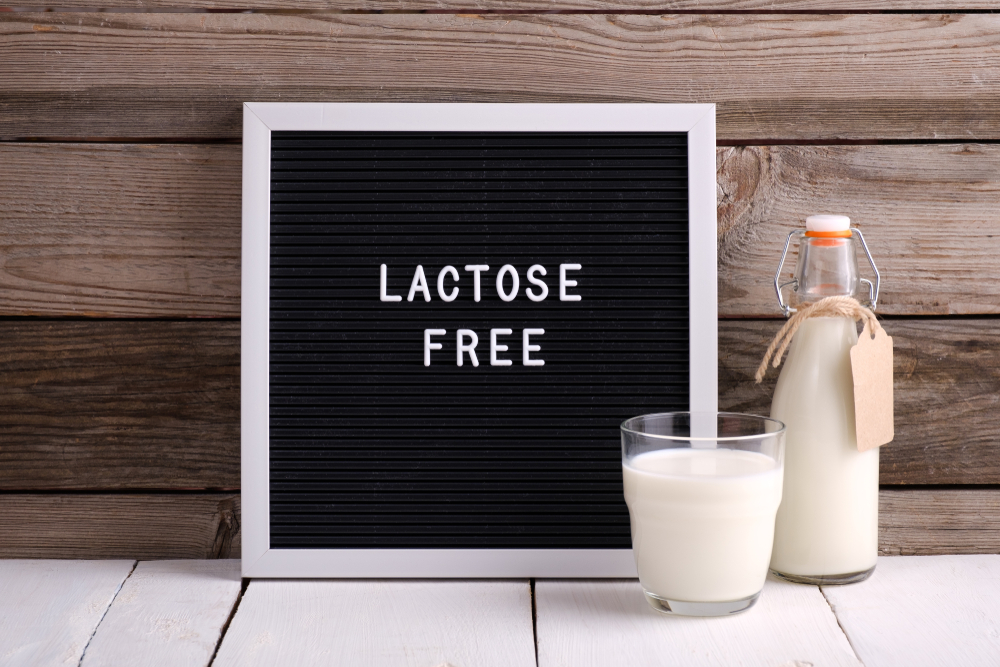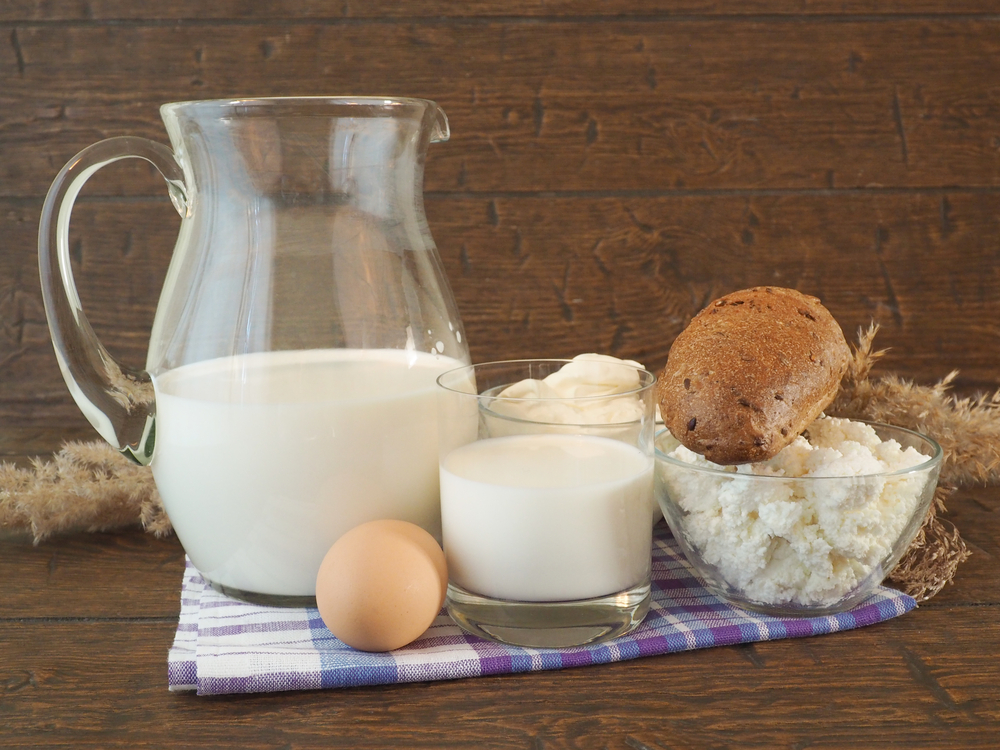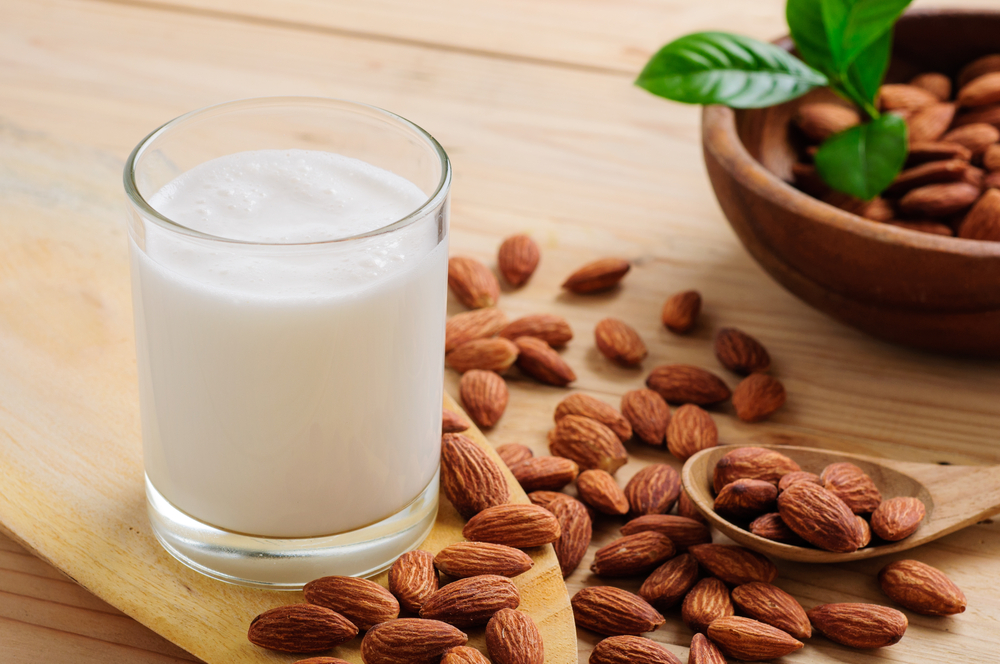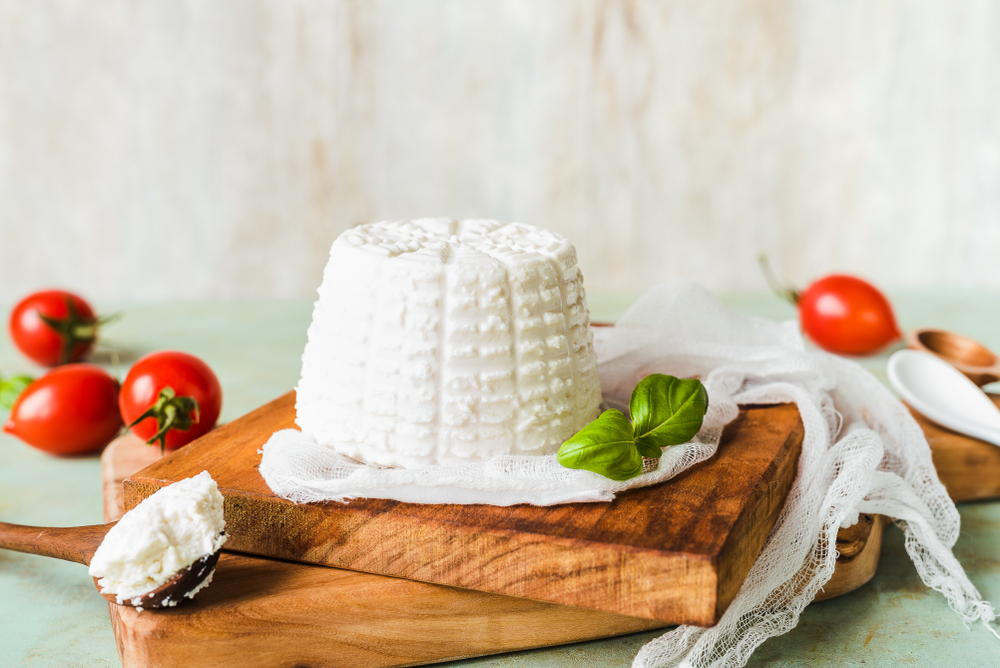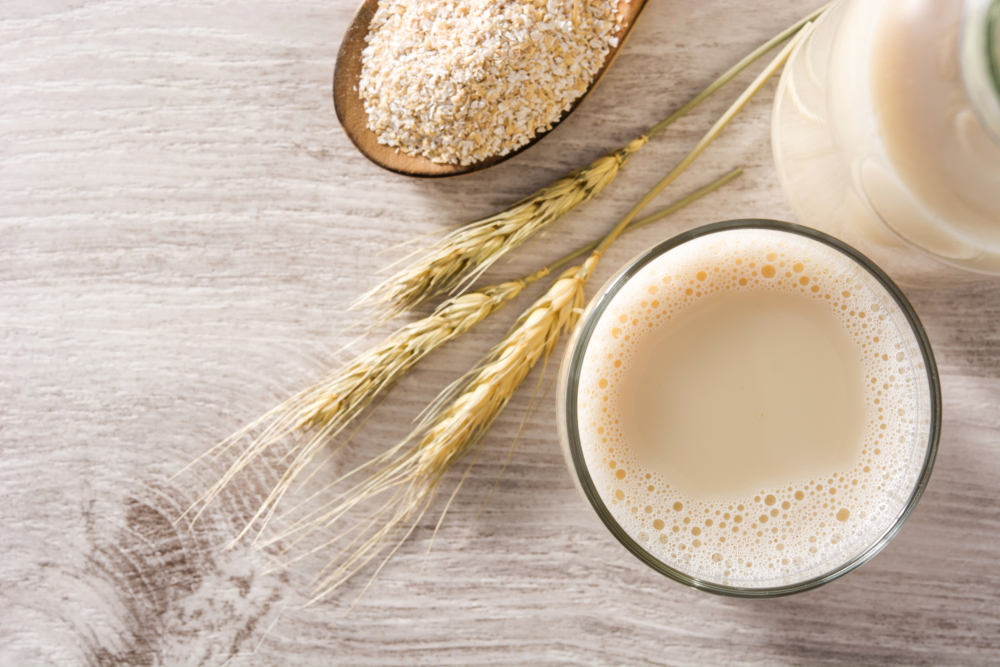Ricotta and cottage cheese are two popular dairy products that are often used interchangeably in recipes. While they may look similar, there are some key differences between the two.
Understanding these differences can help you choose the right cheese for your recipe and ensure that your dish turns out as intended.
One of the biggest differences between ricotta and cottage cheese is their manufacturing process. Ricotta is made from whey, which is the liquid that is left over after cheese is made.
Cottage cheese, on the other hand, is made from curdled milk. This difference in manufacturing process leads to differences in texture, flavor, and nutritional content.
Overall, knowing the difference between these two cheeses can help you make informed decisions in the kitchen and create delicious dishes.
Whether you’re making lasagna, cheesecake, or just enjoying a simple snack, understanding the nuances of ricotta and cottage cheese can take your culinary skills to the next level.
Key Takeaways
- Ricotta is made from whey, while cottage cheese is made from curdled milk.
- Cottage cheese has more sodium and a lumpy texture, while ricotta has a grainy texture and a higher acidity.
- Understanding the differences between these two cheeses can help you choose the right one for your recipe and create delicious dishes.
Understanding Cheese: Ricotta and Cottage Cheese
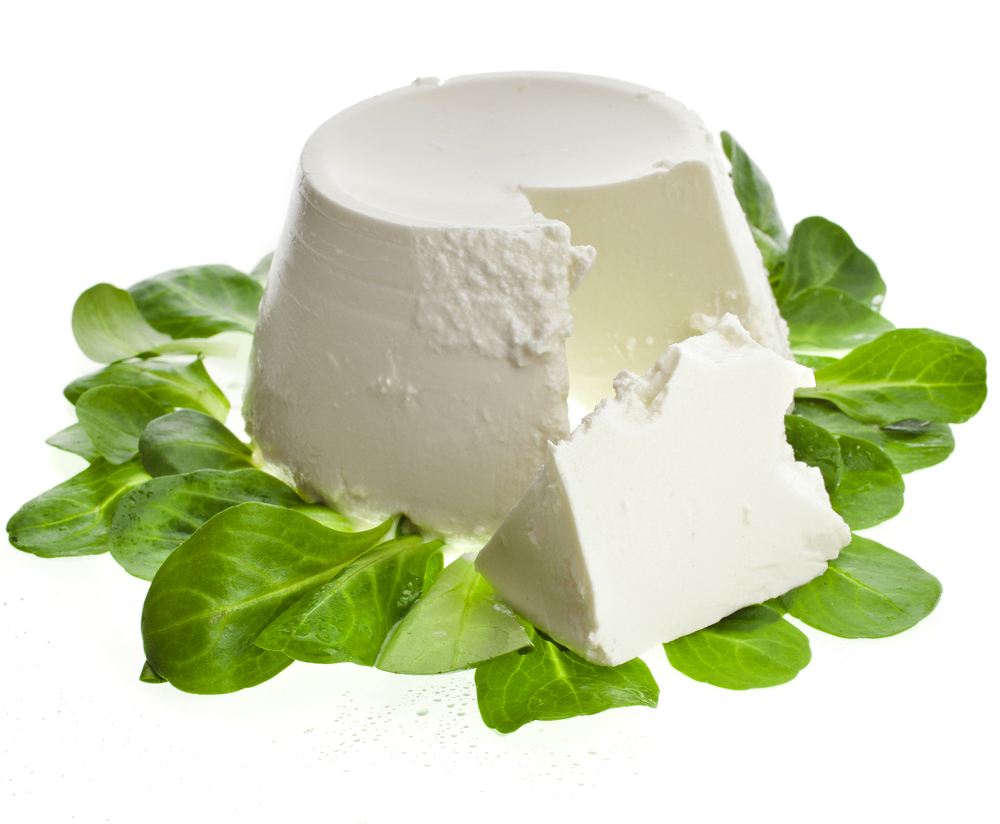
Cheese is a dairy product that is enjoyed worldwide. It is made by coagulating milk proteins and separating the curds from the whey. Ricotta and cottage cheese are two popular types of cheese that are often compared due to their similar appearance and texture.
What is Ricotta?
Ricotta is a soft Italian cheese that is made from whey, the liquid that is left over after making other cheeses. The whey is heated until the proteins coagulate, and then the curds are separated from the whey. Ricotta has a smooth and creamy texture and a mild, slightly sweet flavor. It is often used in Italian dishes such as lasagna, cannoli, and cheesecake.
What is Cottage Cheese?
Cottage cheese is a fresh cheese that is made from curdled milk. It is classified by the size of its curds, which are larger than those of ricotta. Cottage cheese has a lumpy texture and a tangy, slightly salty flavor. It is often used as a low-fat alternative to ricotta in dishes such as salads, dips, and baked goods.
Differences Between Ricotta and Cottage Cheese

While ricotta and cottage cheese may look and taste similar, there are some notable differences between the two. Here is a comparison table:
| Ricotta | Cottage Cheese | |
|---|---|---|
| Made from | Whey | Curdled milk |
| Texture | Smooth and creamy | Lumpy |
| Flavor | Mild and slightly sweet | Tangy and slightly salty |
| Sodium content | Lower | Higher |
| Calories per serving | Higher | Lower |
Ricotta is often considered a higher-end cheese due to its smoother texture and milder flavor. Cottage cheese is often thought of as a healthier, low-fat option due to its lower calorie count and higher protein content.
In conclusion, while ricotta and cottage cheese share some similarities, they are two distinct types of cheese with their own unique characteristics. Whether you prefer the smooth creaminess of ricotta or the tangy texture of cottage cheese, both cheeses have their place in the culinary world.
Origins and Manufacturing Process
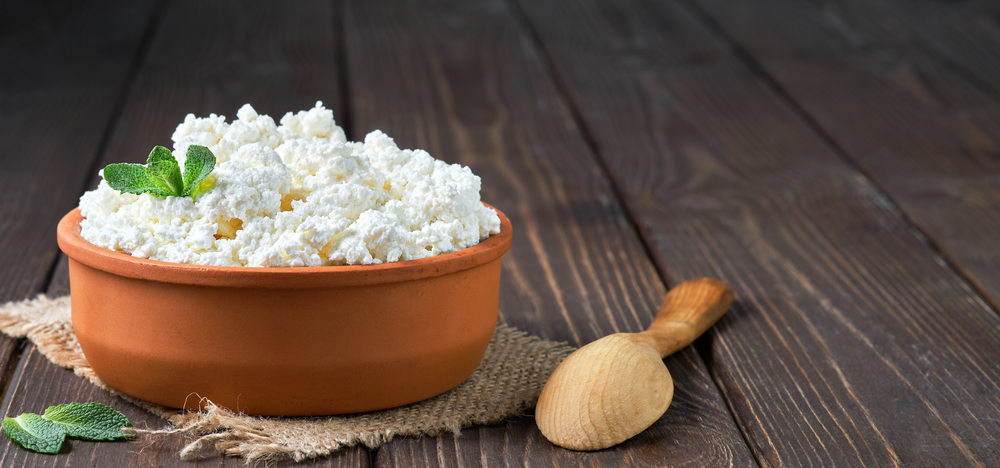
Origin of Ricotta
Ricotta cheese originated in Italy and was traditionally made using leftover whey from the cheesemaking process. The word “ricotta” comes from the Latin word “recocta,” which means “recooked.”
This is because ricotta is made by reheating the whey and adding an acid, such as vinegar, which causes the milk solids to curdle and form small, soft curds. These curds are then drained and pressed to form ricotta cheese.
Origin of Cottage Cheese
Cottage cheese is believed to have originated in the United States, although its exact origins are not clear. It is made by curdling milk with an acidic substance, such as vinegar or lemon juice, and then heating the mixture until the curds separate from the whey.
The curds are then drained and rinsed to remove any residual acidity and milk solids. Cottage cheese is typically sold in its natural state, which is a soft, lumpy consistency.
The manufacturing process for both ricotta and cottage cheese is relatively simple and can be done at home with just a few ingredients. However, commercial production of these cheeses involves more complex processes and may include the use of additives and preservatives to extend their shelf life.
Nutritional Comparison
Caloric and Fat Content
When it comes to calories and fat content, ricotta cheese has more calories and fat than cottage cheese. A 100-gram serving of ricotta cheese contains around 174 calories and 13 grams of fat, while the same amount of cottage cheese has about 98 calories and only 2 grams of fat.
This difference is mainly due to the fact that ricotta cheese is made from whole milk, while cottage cheese can be made from low-fat or nonfat milk.
For those who are watching their weight or trying to maintain a low-fat diet, cottage cheese may be a better option. However, it is important to note that both cheeses can be part of a healthy and balanced diet when consumed in moderation.
Protein and Sodium Content

When it comes to protein content, both ricotta and cottage cheese are good sources of protein. A 100-gram serving of ricotta cheese contains around 11 grams of protein, while the same amount of cottage cheese has about 11.1 grams of protein. This makes both cheeses a good choice for those who are looking to increase their protein intake.
In terms of sodium content, cottage cheese is generally higher in sodium than ricotta cheese. A 100-gram serving of cottage cheese contains around 364 milligrams of sodium, while the same amount of ricotta cheese has about 174 milligrams of sodium. For those who are watching their sodium intake, it may be better to choose ricotta cheese over cottage cheese.
Overall, both ricotta and cottage cheese are nutritious and can be part of a healthy diet. When choosing between the two, it is important to consider your nutritional needs and goals, as well as your personal taste preferences.
Texture and Flavor Profiles
Texture of Ricotta
Ricotta cheese has a creamy and grainy texture with small granules that give it a unique mouthfeel. It is soft and spreadable, making it a popular ingredient in many Italian dishes.
Ricotta has a smooth and slightly sweet taste, which makes it a versatile ingredient in both sweet and savory dishes.
Texture of Cottage Cheese
Cottage cheese, on the other hand, has a lumpier texture and is classified by the size of its curds. It has a moister and chunkier texture, which can vary based on the brand and type of milk used.
Cottage cheese is often paired with fresh or dried fruits, nuts, and seeds, making it a popular choice for breakfast or as a snack.
Flavor of Ricotta
Ricotta cheese has a mild and nutty flavor that is slightly sweet. It is not as tangy as cottage cheese and has a smooth and creamy taste that makes it a popular ingredient in many Italian dishes. Ricotta cheese is often used as a filling in pasta dishes like lasagna or as a topping for pizza.
Flavor of Cottage Cheese
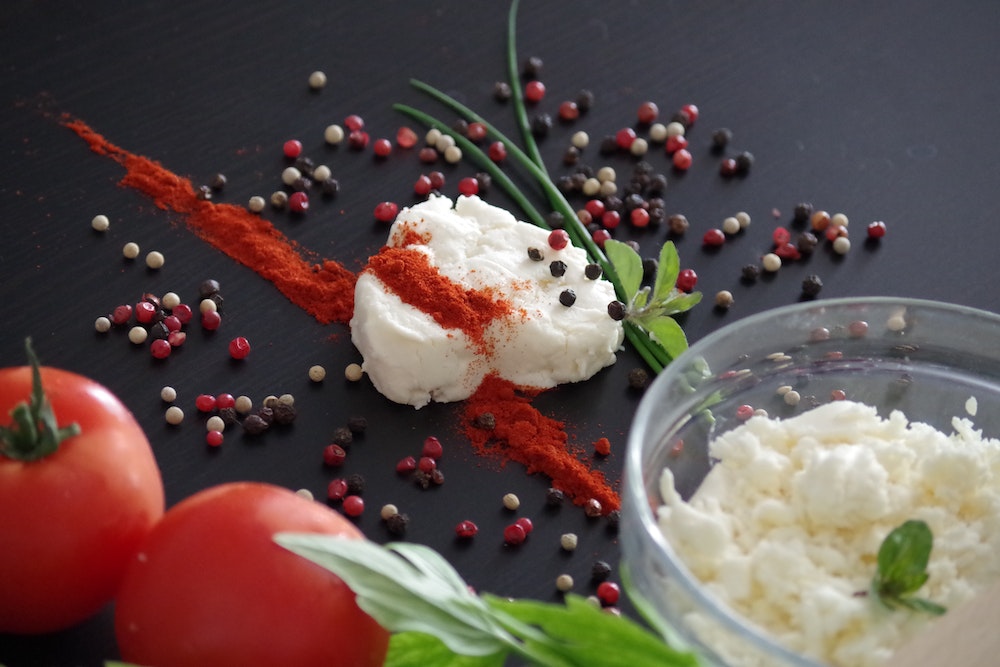
Cottage cheese has a tangier and saltier flavor than ricotta cheese. It has a slightly sour taste that is balanced by its creamy texture. Cottage cheese is often used as a substitute for ricotta cheese in many recipes, especially in dishes like pancakes or muffins. It is also a popular ingredient in salads and dips.
In terms of texture and flavor, ricotta and cottage cheese have distinct differences that make them unique ingredients in various dishes. While ricotta is smoother and slightly sweet, cottage cheese has a lumpier texture and a tangier, saltier flavor. Both cheeses have their own unique characteristics that make them popular choices in many recipes.
Culinary Uses of Ricotta and Cottage Cheese
Ricotta in Italian Cuisine
Ricotta cheese is a staple ingredient in Italian cuisine. It is a versatile cheese that can be used in both sweet and savory dishes. One of the most popular uses of ricotta is in classic lasagna.
Ricotta is mixed with mozzarella and Parmesan cheese to create a creamy and cheesy filling for the lasagna. It is also used in stuffed shells and ravioli.
In addition to pasta dishes, ricotta can be used in baked goods such as cheesecake and cannoli. It can also be used in salads, dips, and as a topping for toast. For a sweet treat, ricotta can be mixed with honey, lemon, or pineapple to create a delicious dessert.
Cottage Cheese in Breakfast and Snacks
Cottage cheese is often thought of as a breakfast or snack food. It can be eaten plain or mixed with fruits, nuts, and seeds for added flavor and nutrition. Cottage cheese is also a popular ingredient in dips and salads. It can be used as a substitute for cream cheese in recipes such as cheesecake.
Cottage cheese is a great source of protein and is often considered a “diet food.” It can be used as a topping for toast or as a filling for stuffed vegetables such as manicotti.
Substituting Ricotta and Cottage Cheese
Ricotta and cottage cheese can be used interchangeably in many recipes. However, there are some differences in texture and taste. Ricotta is creamier and smoother than cottage cheese, while cottage cheese has a slightly tangy flavor and a lumpy texture.
When substituting ricotta for cottage cheese, it is important to consider the texture of the dish. Ricotta works well in creamy dishes such as lasagna and cheesecake, while cottage cheese is better suited for salads and dips.
Overall, both ricotta and cottage cheese are versatile ingredients that can be used in a variety of dishes. Whether you are making a classic Italian dish or a healthy snack, these cheeses are sure to add flavor and nutrition to your meals.
Buying and Storing Tips
When it comes to buying and storing ricotta and cottage cheese, there are a few things to keep in mind to ensure that they stay fresh and delicious.
Buying Tips
When buying ricotta or cottage cheese, it is important to pay attention to the moisture content. Ricotta cheese should be moist but not runny, while cottage cheese can vary in texture from dry to runny.
It is also important to consider the type of milk used to make the cheese. Whole milk ricotta and cottage cheese will be richer and creamier than their part-skim counterparts.
Both ricotta and cottage cheese are typically sold in plastic containers. It is important to check the expiration date before purchasing and to choose a container that is free from any signs of damage or contamination.
Storing Tips
After purchasing ricotta or cottage cheese, it is important to store them properly to ensure that they stay fresh and safe to eat. Both types of cheese should be kept refrigerated at temperatures below 40°F.
Ricotta cheese should be consumed within 5-7 days of opening. To extend its shelf life, it can be frozen for up to 3 months. When freezing ricotta cheese, it is best to place it in an airtight container or freezer bag and label it with the date.
Cottage cheese can last up to 10 days in the refrigerator after opening. It is important to stir it well before each use to distribute the moisture and prevent it from becoming dry. Like ricotta cheese, cottage cheese can also be frozen for up to 3 months. When freezing cottage cheese, it is best to drain off any excess liquid and place it in an airtight container or freezer bag.
Overall, buying and storing ricotta and cottage cheese is relatively straightforward. By paying attention to the moisture content, type of milk, and expiration date when purchasing, and refrigerating and freezing properly when storing, you can enjoy these delicious cheeses for longer.
Conclusion
In conclusion, the differences between ricotta and cottage cheese are significant and should be taken into consideration when choosing between the two.
While both cheeses are made from milk, ricotta is made from the whey left over from the production of other cheeses, while cottage cheese is made by curdling milk with an acidic substance.
When it comes to nutrition, cottage cheese is a healthier option, as it contains less fat and calories than ricotta. However, ricotta is higher in calcium, selenium, and vitamins A, E, D, and B2.
In terms of texture, ricotta is smoother and creamier than cottage cheese, which has a lumpy texture. This makes ricotta a better choice for dishes that require a smoother texture, such as lasagna or stuffed shells.
Cottage cheese, on the other hand, is better suited for dishes that require a lumpy texture, such as salads or dips.
When it comes to taste, ricotta has a mild, slightly sweet flavor, while cottage cheese has a tangy, slightly sour taste. This makes ricotta a good choice for sweet dishes, such as cheesecake or cannoli, while cottage cheese is better suited for savory dishes, such as omelets or casseroles.
It is important to note that while both ricotta and cottage cheese are considered cheeses, ricotta is technically not a true cheese, as it is made from the whey left over from other cheese production.
Additionally, there are different types of ricotta and cottage cheese available, such as sheep’s milk ricotta or low-fat cottage cheese, which may have different nutritional profiles and taste profiles.
Overall, the choice between ricotta and cottage cheese ultimately comes down to personal preference and the specific dish being prepared. By understanding the differences between the two, individuals can make an informed decision and create delicious meals with the cheese that best suits their needs.
Frequently Asked Questions
What are some low-fat alternatives to ricotta cheese?
For those looking for a low-fat alternative to ricotta cheese, there are a few options available. One option is low-fat cottage cheese, which has a similar texture and can be used in many of the same recipes.
Another option is Greek yogurt, which can be used in both sweet and savory dishes.
What are some substitutes for ricotta cheese?
If you don’t have ricotta cheese on hand, there are several substitutes that can be used in its place. Cottage cheese, cream cheese, and mascarpone cheese can all be used as substitutes for ricotta in many recipes. Silken tofu can also be used as a vegan alternative to ricotta cheese.
Can cottage cheese be used instead of ricotta cheese?
Yes, cottage cheese can be used as a substitute for ricotta cheese in many recipes. While the texture and taste may be slightly different, cottage cheese can be used in dishes such as lasagna or stuffed shells.
Which is better for weight loss: ricotta or cottage cheese?
Both ricotta cheese and cottage cheese can be part of a healthy diet for weight loss. However, cottage cheese is typically lower in calories and fat than ricotta cheese, making it a better option for those looking to reduce their calorie intake.
What are some recipes that use ricotta and cottage cheese?
Ricotta cheese and cottage cheese can be used in a variety of recipes, both sweet and savory. Some popular dishes that use ricotta cheese include lasagna, stuffed shells, and cannoli. Cottage cheese is often used in breakfast dishes such as pancakes or as a topping for toast.
What is the difference between ricotta cheese and cream cheese?
While both ricotta cheese and cream cheese are soft cheeses, they have different textures and flavors. Ricotta cheese is grainy and slightly sweet, while cream cheese is smooth and tangy.
Cream cheese is often used as a spread for bagels or as a base for dips, while ricotta cheese is commonly used in Italian dishes such as lasagna or stuffed shells.


